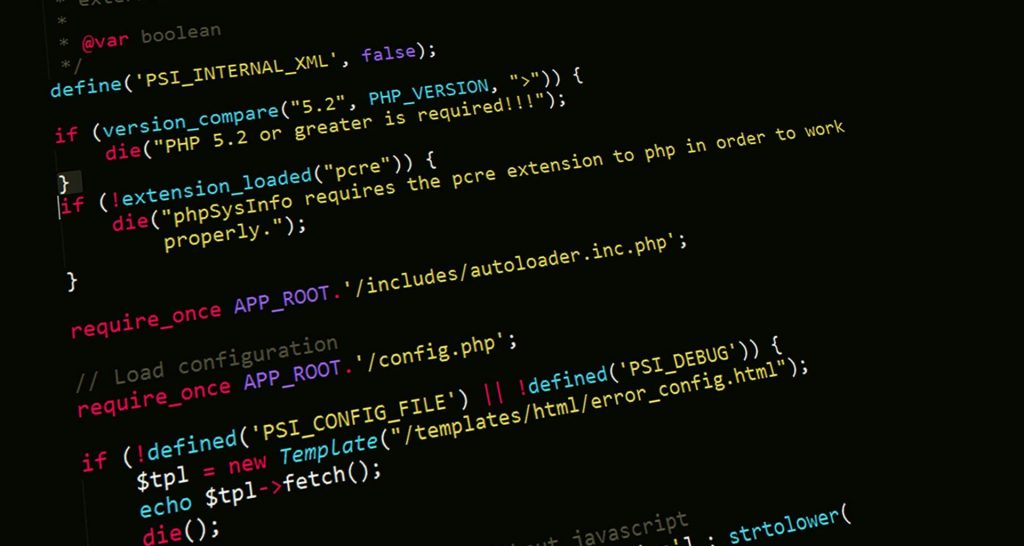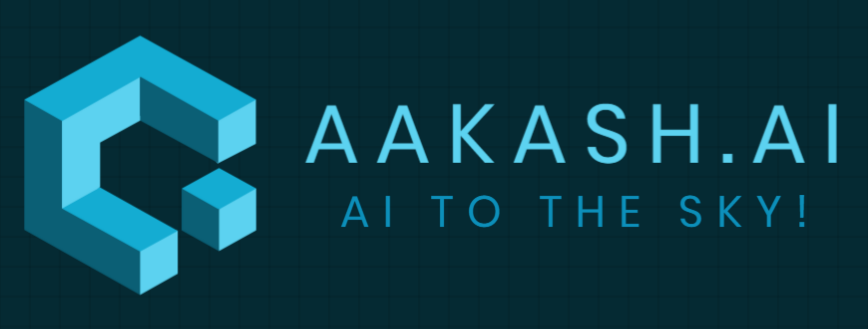Python for Data Science – Study Plan

Here’s a suggested study plan to learn Python for data science with resources and timeline: Week 1: Python Basics Learn basic Python syntax, data types, and control structures Learn how to work with strings, lists, and dictionaries Familiarize yourself with functions and modules in Python Resources: Codecademy’s Python 3 Course (free) Python for Data Analysis by Wes McKinney (book) Week 2-3: Numpy and Pandas Learn how to use NumPy for numerical computing in Python Learn how to use Pandas for data manipulation and analysis Practice with sample datasets and perform basic operations on them Resources: NumPy Tutorial by DataCamp (free) Pandas Tutorial by DataCamp (free) Python for Data Analysis by Wes McKinney (book) Week 4-5: Data Visualization with Matplotlib and Seaborn Learn how to use Matplotlib and Seaborn for creating visualizations in Python Practice creating different types of charts and graphs Resources: Matplotlib Tutorial by DataCamp (free) Seaborn Tutorial by DataCamp (free) Python for Data Analysis by Wes McKinney (book) Week 6-7: Machine Learning with Scikit-Learn Learn how to use Scikit-Learn for machine learning in Python Practice with sample datasets and perform basic operations on them Learn about popular algorithms like linear regression, logistic regression, and k-nearest neighbors Resources: Scikit-Learn Tutorial by DataCamp (free) “Hands-On Machine Learning with Scikit-Learn and TensorFlow” by Aurélien Géron (book) Week 8-9: Deep Learning with TensorFlow and Keras Learn how to use TensorFlow and Keras for deep learning in Python Practice with sample datasets and perform basic operations on them Learn about popular deep learning architectures like convolutional neural networks and recurrent neural networks Resources: TensorFlow Tutorial by DataCamp (free) Keras Tutorial by DataCamp (free) “Deep Learning with Python” by François Chollet (book) Week 10: Capstone Project Apply your skills by working on a capstone project Use real-world data to perform analysis, visualization, and/or machine learning tasks Showcase your work by creating a report or presentation Resources: Kaggle Datasets (free) UCI Machine Learning Repository (free) GitHub (for hosting and sharing your project) Of course, this timeline is just a suggestion and can be adjusted based on your schedule and pace of learning. The resources mentioned are just a starting point and there are many other free and paid resources available online for learning Python and data science. Good luck!
Lists, Tuples and Arrays in Python

In Python, there are three common ways to store and manipulate a collection of values: lists, tuples, and arrays. Here’s an overview of each with some examples: Lists Lists are one of the most commonly used data structures in Python. They are ordered, changeable, and allow duplicates. Here’s an example of a list of integers: my_list = [1, 2, 3, 4, 5] You can access elements of the list using their index, which starts at 0: print(my_list[0]) # Output: 1 print(my_list[2]) # Output: 3 You can also change the value of an element: my_list[3] = 8 print(my_list) # Output: [1, 2, 3, 8, 5] You can add or remove elements from the list using methods such as append, insert, remove, and pop: my_list.append(6) print(my_list) # Output: [1, 2, 3, 8, 5, 6] my_list.insert(2, 7) print(my_list) # Output: [1, 2, 7, 3, 8, 5, 6] my_list.remove(3) print(my_list) # Output: [1, 2, 7, 8, 5, 6] my_list.pop() print(my_list) # Output: [1, 2, 7, 8, 5] Tuples Tuples are similar to lists, but they are immutable, meaning you can’t change their values after they are created. They are often used to store related pieces of information. Here’s an example of a tuple: my_tuple = (“apple”, “banana”, “cherry”) You can access elements of the tuple using their index, just like with a list: print(my_tuple[0]) # Output: “apple” print(my_tuple[2]) # Output: “cherry” But you can’t change the value of an element: my_tuple[1] = “orange” # This will give an error! Arrays Arrays are similar to lists, but they are designed for numerical data and have some performance advantages over lists. They are part of the numpy module, which is usually imported using the alias np. Here’s an example of an array: import numpy as np my_array = np.array([1, 2, 3, 4, 5]) You can access elements of the array using their index, just like with a list: print(my_array[0]) # Output: 1 print(my_array[2]) # Output: 3 You can also do mathematical operations on arrays, such as adding or multiplying them: my_array2 = np.array([2, 3, 4, 5, 6]) sum_array = my_array + my_array2 print(sum_array) # Output: [3, 5, 7, 9, 11] mult_array = my_array * my_array2 print(mult_array) # Output: [2, 6, 12, 20, 30] I hope this helps you understand the differences between lists, tuples, and arrays in Python!
Python and Data Science Cheat Sheets

Click on the links below to down load the relevant Notebooks: Python – PythonCheatSheet Pandas – PandasCheatSheet NumPy – NumPyCheatSheet MatPlotLib – MatPlotLibCheatSheet Bokeh – BokehCheatSheet Seaborn – SeabornCheatSheet Importing Data – ImportingDataCheatSheet Jupyter Notebooks – JupyterCheatSheet SciPy – SciPyCheatSheet SciKit Learn – SciKitCheatSheet Keras – KerasCheatSheet
